Eberly News

Death and religion: ‘Excess deaths’ sweep through Amish and Mennonite communities during COVID-19 pandemic
Sunday church service in Amish country is more than just belting out hymns, reading Bible passages and returning home an hour later to catch a football game or nap.

Dip your toe – or dive right in: WVU psychologists spill advice on reentering the world post-COVID
Slowly, but surely, America is returning to some semblance of normalcy.
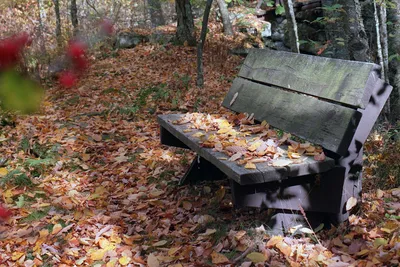
Reminiscing with confidence
Sounds like crickets chirping and the taste of warm buckwheat pancakes can spark the senses of people with dementia — a fact faculty and students at West Virginia University used to develop a way for those people to experience parts of their cultural past and to relieve stress for their caregivers.
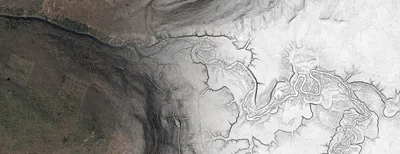
Mapping the past, present and future of West Virginia
New geography research is transforming understanding of the Mountain State’s famous landscape – and identifying ways to preserve it.
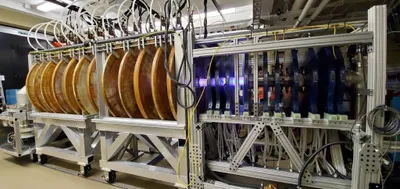
Uncovering secrets of the sun
WVU physicists are uncovering secrets of the sun’s turbulent surface in the lab.
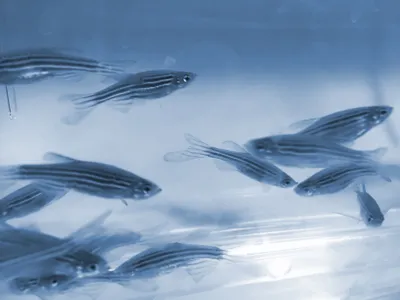
WVU student selected to present research to U.S. Congress
A West Virginia University biology student’s neuroscience research on zebrafish took her to Capitol Hill this week – virtually.
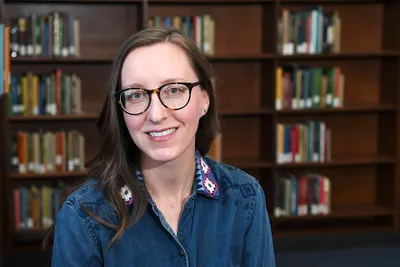
Writing the history of feminism in the South and Appalachia
There’s more to the American women’s movement of the 1960s and 1970s than burning bras and Gloria Steinem. Jessica Wilkerson, associate professor of history, wants to change that narrative to its truest form: The fight for women’s rights was built on the shoulders of women of color, the working class and women in the south and Appalachia – not just white-collar urbanites.

Overcoming barriers to mathematics learning
A new online mathematics tutoring program at West Virginia University is helping students navigate virtual learning.

Helping new scientists bloom
Biologist Craig Barrett is working to cultivate a bumper crop of young scientists through the study of wild orchids—and the fungi they eat.
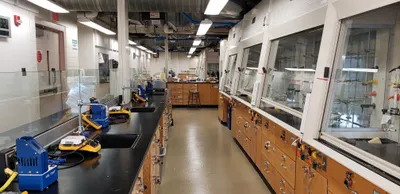
Inspect to protect
Thanks to facility renovations, research innovations and in-class lessons, WVU's C. Eugene Bennett Department of Chemistry has received the nation’s top undergraduate safety program award in chemistry – for a second time.
